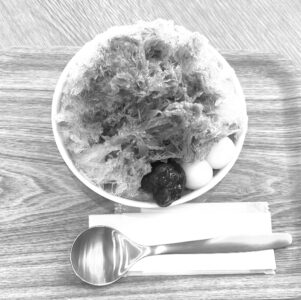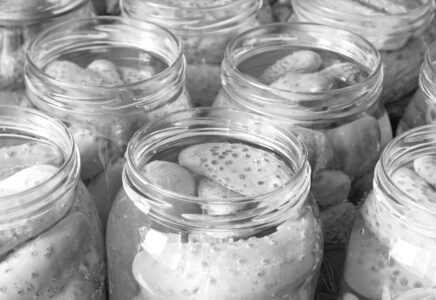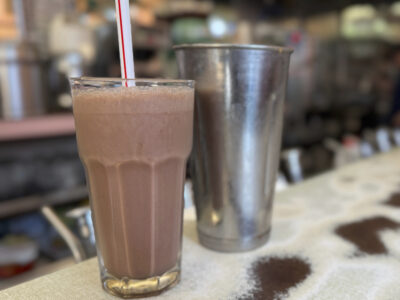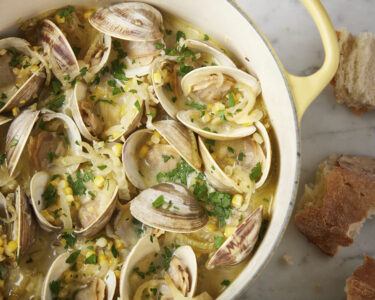Feast like it’s 1776: Historic bites for the Fourth of July
Last year, Americans spent an estimated total of $13.3 billion on food and beverages for the Fourth of July. As we come together to celebrate Independence Day, food and drinks will be a highlight for many. Several of these dishes echo the same one that the Founding Fathers and American colonists ate in 1776, and others are completely different.
American kitchens have changed since the Founding Fathers signed the Declaration of Independence in 1776. Independence Day has always been a time to gather, feast and celebrate with family and friends. Today’s picnics and BBQs may look quite different, yet a mix of heritage recipes, colonial-era staples and overlooked foodways bring a patriotic legacy to a modern picnic.
Why Americans feast on the Fourth
When the American colonies declared independence from Great Britain in 1776, John Adams wrote in a letter, “I am apt to believe that Independence Day will be celebrated, by succeeding Generations, as the great anniversary Festival … It ought to be solemnized … from one End of the Continent to the other from this Time forward forever more.”
Americans have seemingly taken John Adams’ words to heart over the past 200 years, gathering for picnics, festivals, fireworks and backyard BBQs. Capital One finds 70% of Americans expect to celebrate the Fourth of July in 2025. Of that number, 83% plan to purchase food, and 44% will buy drinks.
What American colonists ate in the 1770s
Hot dogs, hamburgers, corn on the cob, macaroni, salad, chips, watermelon, pies and beer are among the offerings at many Fourth of July parties today. Celebrations in 1776 and following years may have had the same spirit of patriotism and revelry, but the menus looked different.
Early Americans were limited to the food they could hunt and grow. While trading companies shipped foodstuffs like tea, coffee and spices to the colonies, the weeks-long voyages made food costly. Without refrigeration, colonists had to eat seasonally or preserve their foods through drying, canning, pickling or salting.
Common ingredients in the colonies included wild game, such as deer, fish and meat from livestock like cows, sheep and pigs. Even if they were not farmers, many colonists kept their own gardens where they could grow corn, oats, beans, wheat, barley, squash and fruit.
Many of these foods are still served at modern Fourth of July gatherings. Hot dogs and hamburgers might be a more modern invention, but meat was certainly a center of feasts in the 18th century. Grilled corn on the cob, fruit salads and fresh vegetables are as common now as they were then. While pickling may no longer be a necessity for preserving vegetables, snacks like bread and butter pickles have remained staples.
Favorites of the Founding Fathers
As the Founding Fathers signed the Declaration of Independence and launched the American Revolution, they celebrated with their own favorite foods. George Washington preferred seafood, often serving oyster gumbos, salmon mousse and crabmeat casseroles at his plantation.
Thomas Jefferson preferred French foods, often serving French fries, ice cream and champagne. James Hemings, one of Jefferson’s enslaved workers, first made macaroni and cheese in the colonies, long before it became a popular dish at cookouts. John Adams’ wife, Abigail, often baked a pandowdy, a pie-like dessert without the bottom crust.
Beer and cider in the colonies
Alcohol was a daily drink in the colonies, and beer was consumed by all ages, including infants, throughout the day. Much of this habit was a holdover from the English settlers who drank ale in Britain to avoid illness from polluted water. Every meal of the day included a beer. Because it was an essential drink and the commercial industry in the colonies was still limited, many homes brewed their own ales and ciders.
When you crack open a cold one this Independence Day, you’ll follow a long tradition of drinking in America. If beer is not a staple of your Fourth of July parties, a beer cheese or beer cake can still be a nice nod to the past.
Desserts of the past
No party is complete without dessert, even in the 1700s. In addition to the early forms of ice cream eaten by elites like Thomas Jefferson, cookies, cakes and pies graced colonial tables. American Cookery, published in 1796 as the first American cookbook, collected popular recipes including syllabub, a pudding made of whipped cream and hard liquor.
Enslaved Americans and Independence Day
Although the Declaration of Independence stated that “all men are created equal,” American independence excluded the thousands of African Americans enslaved on colonial plantations. During southern BBQs, when white landowners would gather with their family and friends, enslaved Africans were responsible for the cooking.
Meanwhile, food for enslaved Americans amounted to barely enough, often supplemented by a kitchen garden and hunting. At George Washington’s Mount Vernon, an enslaved adult received a quart of cornmeal and 5 ounces of salted fish daily, a stark difference from the luxurious meals of the elite.
Bring history to your table this July
An Independence Day cookout can be more than a party. This year, make your picnic or BBQ a celebration of America’s vibrant past with historic items on your menu. Whether you’re reconnecting with the usual fare, such as corn and beer, or exploring heritage cookbooks for forgotten recipes, food can be an exciting way to delve into America’s legacy.
Jere Cassidy is the writer and recipe developer behind the blog One Hot Oven. A passion for all things food related led her to culinary school to expand her baking skills and now to share easy recipes for all home cooks and bakers of all skill levels. When not in the kitchen, Jere’ likes to travel far and wide to find delicious food.




